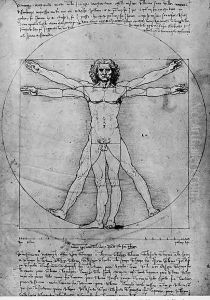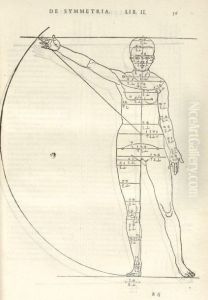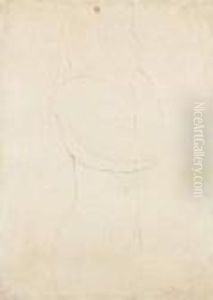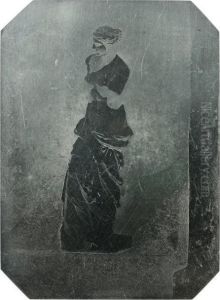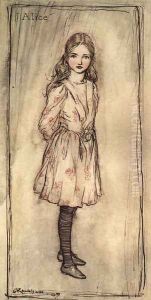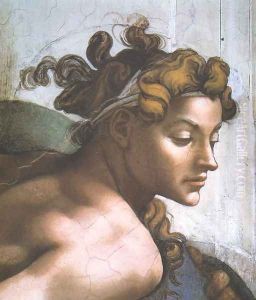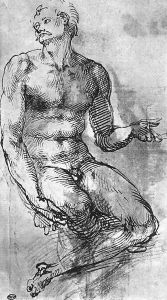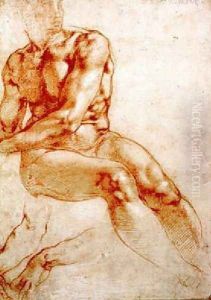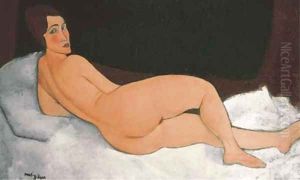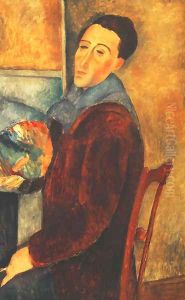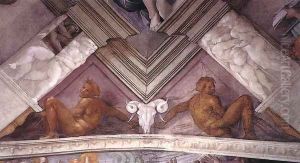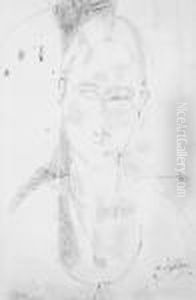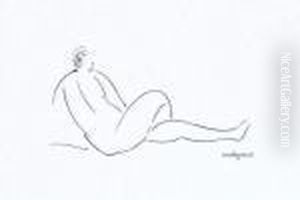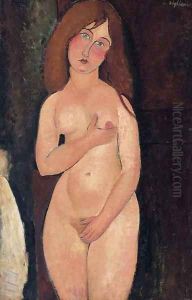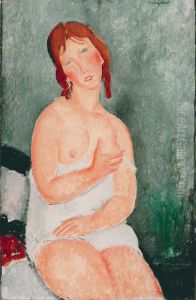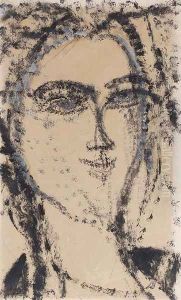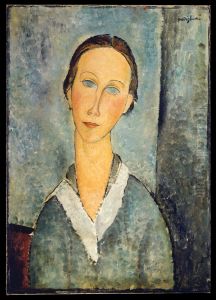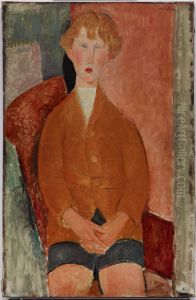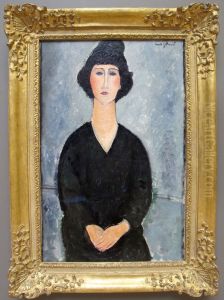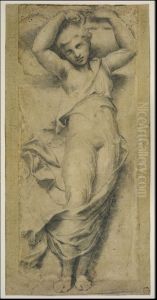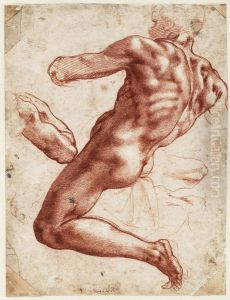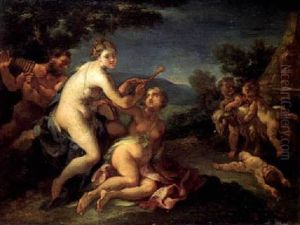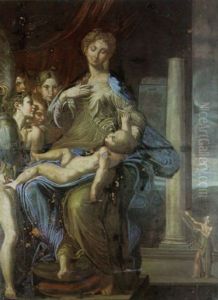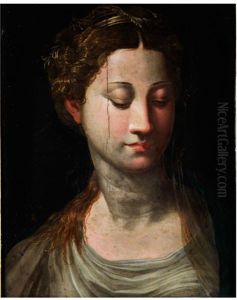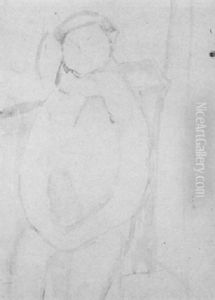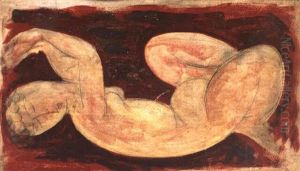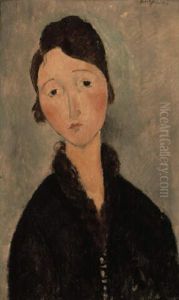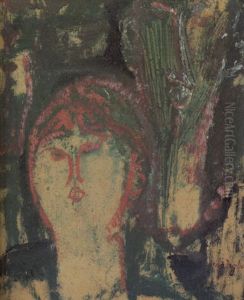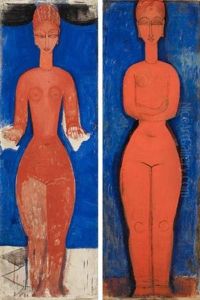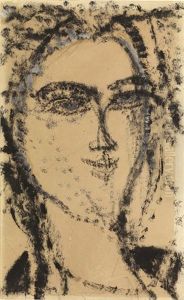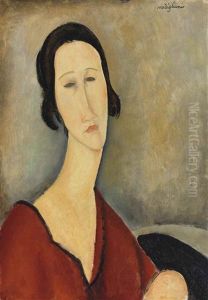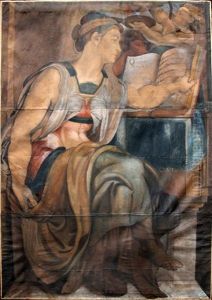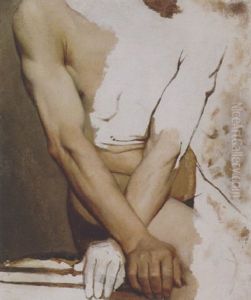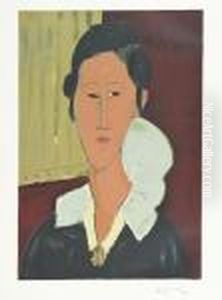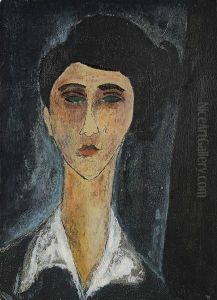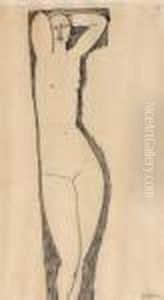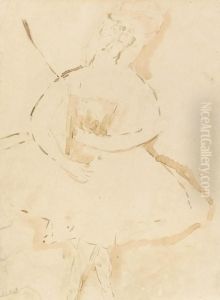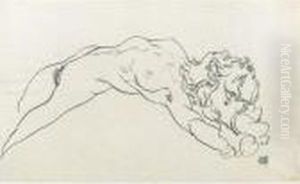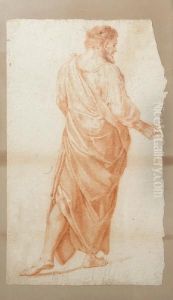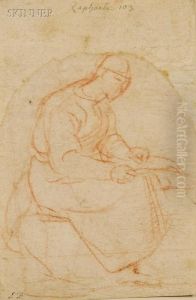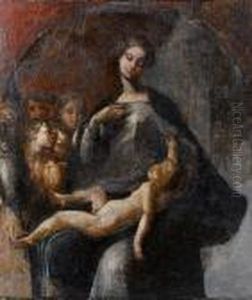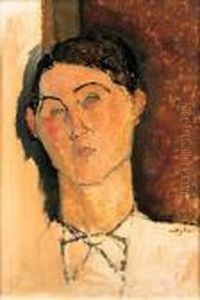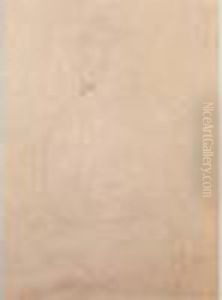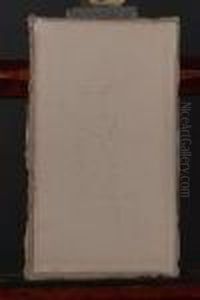Proportion Paintings
Mastering Proportion in Classic Oil Paintings: The Foundation of Artistic Excellence
In the realm of classic oil painting, few principles are as fundamental and impactful as proportion. It is the harmonious relationship of parts to each other and to the whole, a crucial element that dictates visual balance, realism, and aesthetic appeal within a composition. When artists master proportion, they create works that resonate with viewers, conveying a sense of naturalism and order that is deeply satisfying to the eye. This isn't merely about accuracy; it's about achieving an ideal form, whether depicting the human figure, a landscape, or a still life arrangement.
Throughout art history, from ancient civilizations to the Renaissance and beyond, master painters meticulously studied and applied the principles of proportion. Artists like Leonardo da Vinci, Michelangelo, and Albrecht Dürer delved into human anatomy and mathematical concepts, including the Golden Ratio and divine proportion, to unlock the secrets of ideal forms and spatial relationships. Their dedication ensured that every figure, every architectural element, and every object within their masterpieces was rendered with impeccable scale and relative size, contributing to the overall harmony and compelling narrative of the artwork. This commitment to accurate scale and balance is what gives classical art its enduring power and visual integrity.
The mastery of proportion is evident across all genres of classic oil painting. In portraiture and figure painting, it ensures that facial features are correctly placed and body structures are anatomically sound, creating believable and lifelike representations. For landscapes, it dictates the convincing scale of mountains, trees, and buildings against the human form, establishing depth and perspective. Even in still life, the careful arrangement and relative sizing of objects contribute significantly to the composition's balance and visual interest. Understanding and appreciating the role of proportion allows one to truly grasp the genius and technical skill embedded in these timeless works, where every element is thoughtfully placed to achieve perfect visual equilibrium and artistic excellence.
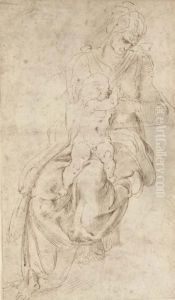
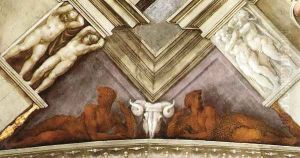

![David [detail: rear view]](https://www.niceartgallery.com/imgs/219943/s/michelangelo-buonarroti-david-detail-rear-view-3356c44.jpg)



